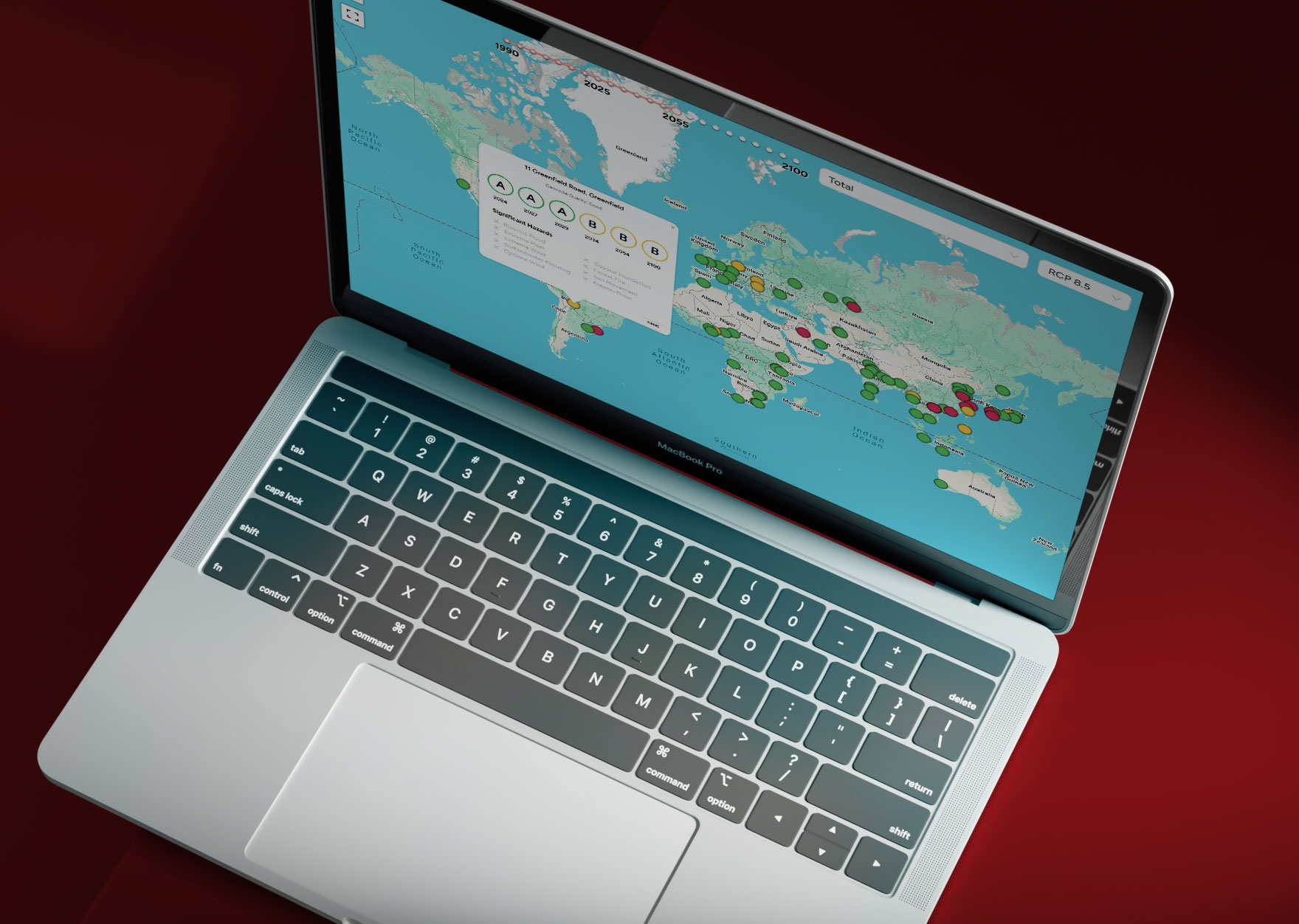XDI Launches Major Upgrade to Climate Risk Hub: Setting a New Standard in Physical Climate Risk Analysis

XDI Launches Major Upgrade to Climate Risk Hub: Setting a New Standard in Physical Climate Risk Analysis
XDI today announced a suite of powerful new features for the XDI Climate Risk Hub. The upgrade delivers unprecedented accuracy, transparency, and user control, helping companies worldwide make better-informed decisions on climate resilience and disclosure.
“Every government, investor and company now faces the challenge of turning complex climate data into insights they can trust,” said XDI Head of Product Jason Gregory. “This release puts our users firmly in control, ensuring their analysis reflects the realities on the ground, and giving them confidence to meet regulatory requirements, inform investment strategies, and build resilience.”
Key new features
The update, available from 2 October 2025, introduces several significant enhancements:
- Anomaly Management – a proprietary method that addresses implausible results that can arise from erroneous characteristics in flood data, Digital Elevation Models (DEM) or geocoding inaccuracies.
-
- Coastal & Flood Defences – integration of known protective structures, such as levees and flood barriers, with the option to model “no-defence” scenarios for stress-testing.
- Asset-specific hazard thresholds – users can now set their own thresholds for extreme wind, tropical cyclone and extreme heat impacts, tailoring results to regulatory or planning needs.
- Elevation overrides – custom user-supplied elevation values can replace default datasets for greater precision in flood risk analysis.
- Metadata packages – downloadable contextual files accompany analysis results, providing full transparency into inputs, assumptions and adjustments.
Together, these features give users the ability to configure and validate results at an unprecedented level leading to greater transparency, accuracy, and trust in climate risk insights.
Significance for decision-makers
- Accuracy and credibility: Corrects anomalies, incorporates real-world protections, and provides regulator-ready results.
- Flexibility and control: Users can stress-test portfolios, adapt thresholds, and model different resilience scenarios.
- Transparency and trust: Metadata packages provide a clear audit trail of assumptions and adjustments.
“These upgrades mean XDI Climate Risk Hub can support everything from high-level portfolio stress tests to the detailed single-asset analysis, with a greater level of clarity and trust.” said Jason Gregory.
Related posts

XDI Launches Major Upgrade to Climate Risk Hub: Setting a New Standard in Physical Climate Risk Analysis

Europe’s economic hubs drowning in risk: XDI warns flood damage risk rising in Milan, Paris, Frankfurt and beyond

XDI identifies international airport infrastructure at increasing risk from climate extremes

New XDI Benchmark Report warns of escalating forest fire damage risk across Europe
Contact us
Get in touch with one of our friendly team

